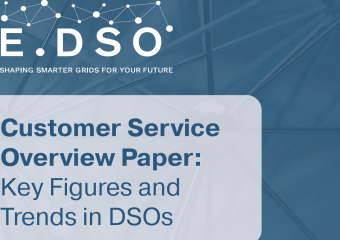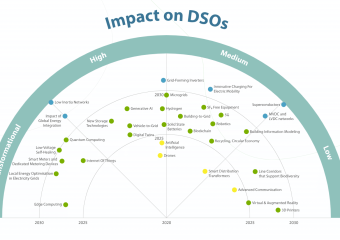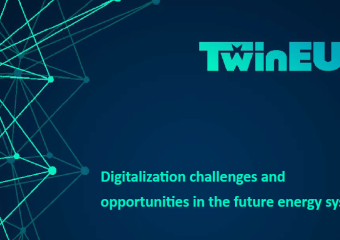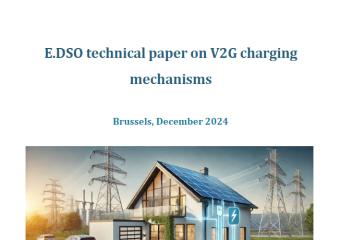The document presents two major efforts to analyse the interoperability of developing TSO-DSO-consumers data exchanges for flexibility services. Firstly, a State-of-the-Art analysis was conducted to describe the solutions developed in Horizon 2020 projects, with the focus on the interactions including DSOs as a central actor. Secondly, the deliverable presents the results of a Generic Business Process analysis of use cases from the analysed external projects and from OneNet demos. This analysis is a tool developed by the BRIDGE initiative to analyse the interoperability of flexibility solutions and to identify potential implementation gaps. Using this methodology, a detailed analysis of the interfaces between different actors involved in the use cases was conducted. For the interfaces and data exchanges including DSOs, an overview of data models and communication protocols was drafted to reveal the implementation gaps. This gap analysis was subsequently used to form the main recommendations of this deliverable.
The review of external H2020 projects has revealed that although there are relatively many projects aiming at developing flexibility schemes involving DSOs, the documentation of the use cases is not sufficient to conclude an in-depth analysis of the data exchange processes. This is a significant barrier to experience and knowledge transfer outside the project, which can hinder the ability of external actors to learn from relevant use cases.
Many of the demos in the OneNet project have already adopted widely recognised data model standards, such as the Common Information Model (CIM). In other demos, however, proprietary extensions of the standard data models, or even proprietary solutions were used. The main reason for this is that the currently existing standards are not covering all the possible use cases at the DSO level and therefore are not directly applicable. Moreover, in some cases it was more cost-efficient to deploy proprietary solutions compatible with the existing systems in the country, or the proprietary solutions were less difficult to apply (as for example in exchanges with end-users). Furthermore, it is necessary to differentiate between the interfaces involving different actors. While the use of a standardised common data model, such as CIM could be recommended as a solution for interfaces between system operators, less costly and easier to implement proprietary solutions might be a better fit for data exchanges between DSOs and end users or small-scale flexibility providers. However, interoperability of used solutions should be always ensured.
Please download the document to read its full content.
Find more about OneNet and E.DSO’s involvement in it here.






